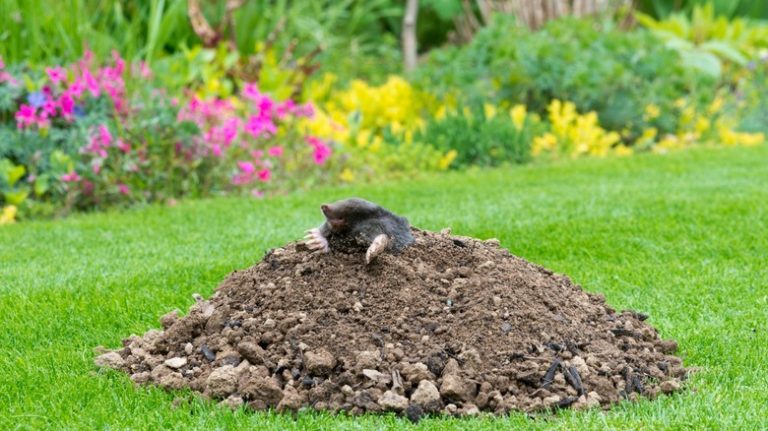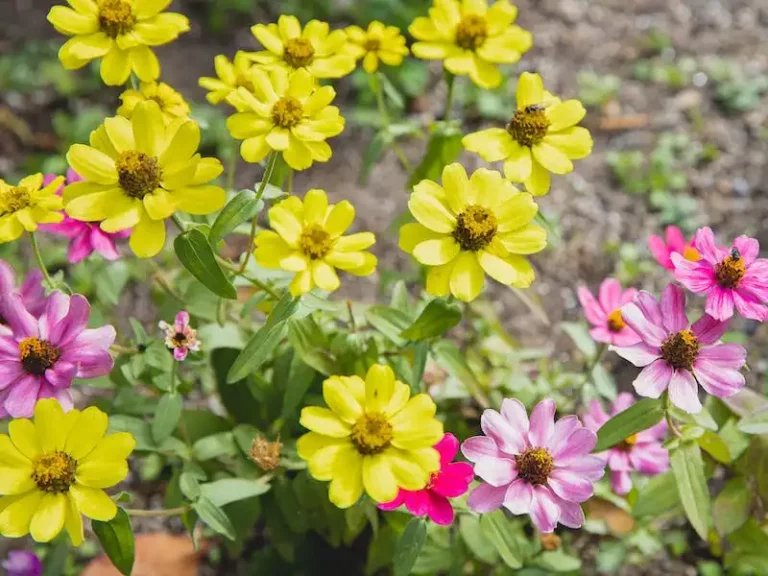Rose leaves belong to the species of flowering plants known as Rosa. They are known for their beautiful appearance and are often used in bouquets and gardens to add a touch of elegance. The leaves have a distinct shape, with a serrated edge and alternating arrangement on the stem. They are usually smooth and shiny, but can sometimes become sooty or covered in a layer of black mold. This is often caused by the presence of insects or other problems.
One common issue that affects rose leaves is rust. Rust appears as small orange or reddish-brown spots on the surface of the foliage. It is caused by a fungus that thrives in humid conditions. Another common problem is black spot, which appears as black or dark brown spots on the leaves. Black spot is caused by a fungus and can cause the leaves to drop prematurely.
Sawflies and beetles are two insect pests that can cause damage to rose leaves. Sawflies lay their eggs on the leaves, and the larvae feed on the foliage, causing irregular holes and damage. Beetles, on the other hand, chew on the edges of the leaves, causing irregular holes and a ragged appearance. Both insects can be controlled using insecticides or by picking them off by hand.
One of the biggest challenges to maintaining healthy rose leaves is the rose rosette disease. This disease is caused by a virus that is spread by a tiny mite. Infected plants develop red or purplish growth, stunted leaves, and distortions in the stem. There is currently no cure for rose rosette disease, and infected plants should be removed immediately to prevent the spread of the virus.
In conclusion, rose leaves are an important part of the rose plant. They provide beauty and shade, and can also indicate the health of the plant. By identifying and addressing the various problems that can affect rose leaves, gardeners can keep their roses looking beautiful and healthy.
Rose Identify and Manage Problems
When it comes to roses, there are several problems that can arise. One common issue is the thorniness of the plants, which can make pruning and handling difficult. Another problem is the presence of pests and diseases.
One of the most common pests that affect roses is the rose midge. These small insects feed on the young leaves and flowers of the plant, causing them to become distorted and discolored. If you notice sticky and deformed buds or curling leaves, it may be a sign of a midge infestation.
Rose slug is another common pest that feeds on the leaves of roses. These pests leave behind skeletonized patches on the leaves and can quickly increase in number if not controlled. To manage rose slug infestations, you can manually pick them off the leaves or use integrated pest management techniques.
Roses can also be susceptible to various diseases. Powdery mildew and black spot are two common fungal diseases that can affect roses. Powdery mildew appears as a white powdery coating on the leaves, while black spot causes black spots with yellowing leaves. To manage these fungal diseases, it is important to remove and destroy infected leaves and provide adequate air circulation.
Other diseases that can affect roses include cercospora leaf spot, botrytis blight, and canker. Cercospora leaf spot causes yellowing and brown lesions on the leaves, while botrytis blight results in gray mold on the flowers. Canker causes swollen, cracked, or discolored stems. Pruning infected stems and applying fungicides can help manage these diseases.
Roses can also be affected by abiotic disorders such as nutrient deficiencies, heat stress, and water stress. Nutrient deficiencies can result in yellowing leaves and stunted growth, while heat stress and water stress can cause wilting and brown leaf edges. Providing the roses with proper care, including regular watering and fertilizing, can help prevent these issues.
Insects and pests can also be a problem for roses. Aphids, spider mites, and thrips are common pests that feed on the leaves and buds of roses. These pests can cause damage such as distorted growth, discoloration, and webbing. Regularly inspecting the plants and using appropriate insecticides can help manage these pests.
Overall, identifying and managing problems with roses requires careful observation and action. By learning about the common pests, diseases, and disorders that affect roses, you can take the necessary steps to keep your roses healthy and thriving.
Spacing
Proper spacing is essential for the health and vigor of rose leaves. When planting roses, it’s important to leave enough space between each plant to allow for adequate air circulation. This helps to prevent common fungal diseases such as botrytis and powdery mildew, which can cause the leaves to become browning, falling, and stunted.
If roses are too close together, they can easily become overcrowded, leading to poor airflow and an increased risk of disease. Additionally, tight spacing can make it difficult to properly care for and prune the roses as needed.
Spacing also plays a role in the prevention of insect damage. Insects, such as aphids, beetles, and sawflies, can easily move from one plant to another if the spacing is too close. By providing adequate space between roses, you can reduce the chances of insect infestations spreading.
It’s important to consider the specific needs of each rose variety when determining the appropriate spacing. Hybrid roses, for example, often require more space than other types due to their larger size and vigorous growth habits.
In general, a spacing of 2-3 feet between roses is recommended. However, this can vary based on the specific variety and the growing conditions. It’s always a good idea to carefully read and follow the spacing recommendations provided by the rose breeder or supplier.
Overall, proper spacing is crucial for the overall health and vitality of rose leaves. By providing adequate space between plants, you can minimize the risk of disease, insect infestations, and other issues that can impact the foliage and vigor of roses.
Disease resistant plants
Disease resistant plants are essential for maintaining a healthy and thriving garden. They are specifically bred to withstand common plant diseases, making them the perfect choice for gardeners looking to minimize the use of chemicals and pesticides.
One common plant disease that affects roses is caused by the spores of the roseslug (Endelomyia aethiops). These spores can last for several years in the soil and can survive even harsh winters. However, disease resistant rose varieties like Rosa ‘Mucronatum’ are less susceptible to this infestation. These plants can withlstand the roseslug beetle and its larvae, preventing the spores from developing into an infestation.
Another disease-resistant plant is the Camellia bush, specifically the variety ‘RWahnih’. This plant is highly resistant to leafcutting bees, which can leave unsightly holes in the foliage. The integrated use of this plant in your garden can help limit leafcutting bee infestation and maintain the aesthetic display of the garden.
Additionally, disease resistant plants like roseslug-resistant roses and thrips-resistant plants can reduce the prevalence of harmful insects in the garden. Thrips are tiny insects that can cause damage to young plants by sucking the sap from the leaves. Disease resistant plants have increased vigor, making it harder for thrips to cause significant damage.
Furthermore, disease resistant plants like the Blueberry variety ‘Bluecrop’ are highly resistant to downy mildew, a common disease that affects blueberry plants. These plants require less water and can tolerate poor soil conditions. This disease resistance allows gardeners to grow blueberries even in areas with limited water resources or soil disorders.
Choosing disease resistant plants can also limit the development of fungal diseases like black spot, which is prevalent in moist and warm climates. Infection with black spot can lead to the development of abnormal leaf growth and black spots on the foliage. Disease resistant plants have thicker leaf cuticles and reduced susceptibility to black spot.
In conclusion, disease resistant plants are a great addition to any garden. They require less maintenance, reduce the use of chemicals, and promote a healthier environment. Consider incorporating disease resistant plants into your garden to minimize the impact of common plant diseases and pests.
Pruning
Pruning is an essential practice for maintaining the health and appearance of Rose Leaves. Before pruning, it is recommended to analyze the plant and take a photo to keep track of the changes. By removing the dead or diseased leaves, you can prevent the spread of diseases and encourage new growth.
When pruning, it is important to leave an adequate number of leaves on the plant. Extreme pruning can weaken the Rose Leaves and reduce their ability to produce food through photosynthesis. Alternately, too many leaves can limit air circulation and increase the risk of infections.
One common problem with Rose Leaves is yellowing of older leaves. Though it may be unsightly, this is a natural process and these leaves will eventually drop. However, it is important to limit the infection by practicing good sanitation measures.
In spring, a thin line of pustules may appear around the margins of the leaves. This is a symptom of Rose Leaves Spot, a fungal disease. Removing and washing infected leaves can help prevent the spread of the disease to flowers and other plants in the surroundings.
In California, where the Colorado Potato Beetle is prevalent, it is necessary to keep a close watch on the leaves. These beetles can transmit viruses, leading to yellowing and distortion of the leaves. Virus-tested Rose Leaves should be considered to prevent these diseases.
When pruning, it’s important to remove any eggs or pests that might survive on the leaves. Some alternatives to pruning include using heavy watering to wash away pests and infections, or using herbicides as a last resort.
Identifying and managing diseases like Botrytis Blight is essential. This fungal disease can cause brown spots and rot on the leaves. It is important to keep the Rose Leaves dry and moist rather than wet, as this creates a favorable environment for Botrytis to thrive.
In conclusion, pruning is a necessary practice to maintain the health and appearance of Rose Leaves. By removing dead or diseased leaves, practicing good sanitation, and managing diseases, you can ensure the vitality and beauty of your Rose Leaves.




